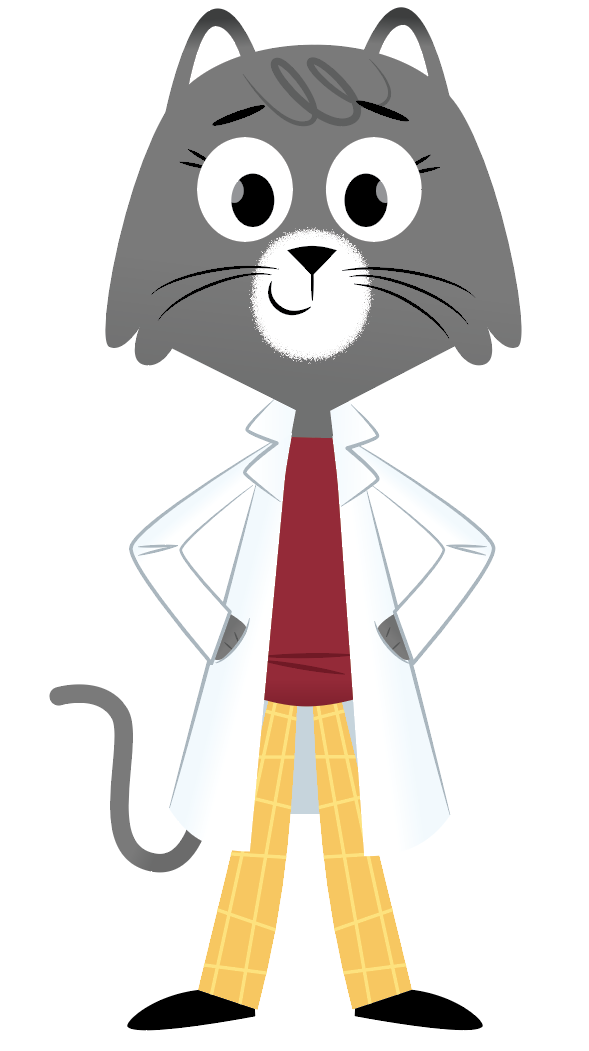Dear Brody,
It’s a snowy morning and the thermometer reads 20 degrees Fahrenheit. You grab a jacket and a pair of mittens for your paws. It’s going to be a cold day.
We might use the word “cold” to describe what that feels like, but you’re right: there isn’t actually something called “cold.” Not scientifically speaking, at least.
 My friend Jake Leachman is an engineer at Washington State University and was happy to help with this question. He said that a long time ago people thought heat was a kind of fluid. The idea was that this fluid was inside different objects and it could move around to make something hot or cold. It wasn’t until a person named Count Rumford was making some cannons that a better idea came about.
My friend Jake Leachman is an engineer at Washington State University and was happy to help with this question. He said that a long time ago people thought heat was a kind of fluid. The idea was that this fluid was inside different objects and it could move around to make something hot or cold. It wasn’t until a person named Count Rumford was making some cannons that a better idea came about.
Rumford’s oxen were helping turn a large tool that carved out the insides of cannons. He noticed that as long as oxen were doing work to move the tool, the inside of the cannon would get super-hot and could even boil water. The work from the oxen was being converted into heat by friction on the inside of the cannon barrels. That’s much more heat than you could make by rubbing your paws together to keep them warm.
Rumford realized that if heat was some fluid coming out of the cannon barrels, it would eventually run out, but that wasn’t the case. As long as the oxen worked, more heat would be produced.
Then there was James Joule, who used thermometers to show that even water falling over a waterfall warms after the fall. Rumford and Joule were some of the first to help us realize energy isn’t created or destroyed. Energy is converted between things such as work and heat. And heat, not “cold”, can transfer from object to object.
As you may remember, molecules are the building blocks of pretty much everything in our world. The motions of molecules are also related to heat, or thermal energy. We measure the movement of the molecules, also known as temperature, using thermometers.
Leachman explained that heat, like time, actually has direction. It always flows from something with higher temperature to something with lower temperature.
“Yes, something feels cold because your thermal energy is flowing from you, the warmer thing, to the thing at a lower temperature,” Leachman said.
Leachman explained that for nitrogen to be in a very cold liquid state (-321°F!), the nitrogen molecules must be moving very slowly.
They are moving so slowly that they can rest right on top of each other and any energy, or heat, transferred from room temperature is enough to cause nitrogen molecules to move very quickly.
They can no longer exist as a liquid and boil to become a gas. It’s just a process of slow-moving molecules being sped up—heated—by faster moving molecules.
Now, maybe your brother is also thinking about something like this: If energy is only converted between objects and heat only goes from hot to cold, how does a refrigerator work to keep things cold? Stay tuned for the answer.